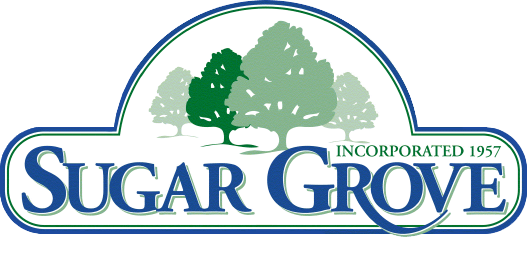Northeast Airport TIF (TIF #2)
Established: May 5, 2015
Expires: May 5, 2038
The Northeast Airport TIF was created to provide TIF funding to bring sanitary sewer and water services and other public infrastructure improvements to the commercial and industrial area generally on the east side of the Aurora Municipal Airport along Municipal Drive between Wheeler Road and US 30. A detailed TIF boundary map is provided in the Northeast Airport TIF Redevelopment Plan Report. The goal of the TIF is to cultivate economic growth in an area that has seen no private investment despite the efforts of the Village over the years to stimulate economic development in the area by zoning the property for industrial development, constructing Municipal Drive and West Galena Boulevard, and constructing utilities along Wheeler Road. The TIF was recently formed and no (re)development projects have yet begun since the creation of the TIF district.
- Location map
- Northeast Airport TIF #2 Redevelopment Plan Report
- Sugar Grove Northeast Airport TIF #2 Annual Reports
- TIF #2 Joint Review Board Meeting Minutes
Frequently Asked Questions Regarding TIF #2
- Will the TIF change the land use near my home?
- Will the TIF raise my property taxes?
- Will the TIF take property tax dollars from agencies that are in dire financial situations?
- Will development in the TIF cause a strain on public services?
- Is the TIF necessary for development of the area?
- Is the proposed TIF in compliance with statutory requirements?
1. Will the TIF change the land use near my home?
No. The land included within the TIF is shown on the existing Zoning Map and/or Land Use Plan as Limited Manufacturing, Regional Business, Business Park, General Business, Corridor Commercial, or Government Uses. The approval of the TIF does not change the planned use for any of the land.
2. Will the TIF raise my property taxes?
No. All taxing agencies will continue to collect all of the property tax dollars they currently collect from the TIF area. The area in the TIF provides less than one-hundredth of one percent of the budgets for the combined taxing agencies. Development in the TIF will result in less than a 1% increase in service demand for the few agencies that will experience any increase at all. Spin-off development outside the TIF will provide increased revenues to all agencies.
The continued property tax collection, increased revenues, and minimal service impacts result in no increase for current property tax payers due to the TIF. The windfall revenue at the end of the TIF will have a positive impact on all taxing agencies, which will reduce the necessity of future property tax increases on current payers.
3. Will the TIF take tax dollars from agencies that are in dire financial situation?
No. The Village has offered to provide the Fire District and Library District with funding to make up 100% of the property tax revenue increases they would normally receive from the existing vacant land. The Village has also offered to provide 100% of the property tax revenues they would normally receive from the first building under construction in the TIF.All taxing bodies will continue to receive the same property tax dollars that they are now receiving.
New tax dollars that result from growth in the TIF are what will be used to offset the extraordinary costs of water, sewer, roads, etc. and get the new businesses to build. During the life of the TIF, new tax dollars can be used to address any capital needs that agencies experience due to growth in the TIF. At the end of the TIF, all taxing bodies will reap the benefit of increased property taxes resulting from the new growth.Over the last three years, the Fire District has received about $500 a year and the Library District about $200 a year in new taxes. The Village has offered to provide this revenue. If just 5 new light industrial buildings are built as a result of the TIF, the anticipated property taxes at conclusion will increase by over $21,000 a year for the Fire District and over $8,000 a year for the Library District.
If 25 buildings result the expected increased revenue to be shared by the two entities will be nearly $150,000 a year. Development within the TIF will spur development outside the TIF that will have a direct, immediate, positive financial impact for all agencies. Restaurants and retail stores have stated repeatedly the community needs more daytime population before they will locate in Sugar Grove.
4. Will development in the TIF cause a strain on public services?
No. To date the Village, Fire District, and Library District are the only agencies to have claimed development within the TIF will result in an increased demand on their services. The Village will be faced with the largest impact as the maintenance of all streets, water and sewer systems will become the responsibility of the Village. Just like the other agencies, the Village will forego increased property taxes during the life of the TIF. Based on current call volume to similar properties, the Fire District is projected to experience 7 additional service calls per year from the Senior Apartment Building and 1 additional service call per year for every 4 new buildings on the remaining property. In 2014 the Fire District responded to 1,231 calls.
The expected increase in calls resulting from development in the TIF is less than 1%. Five of the initial seven new service calls are anticipated to be EMS calls. The Fire District charges for EMS call expenses are often paid for by insurance, Medicaid or Medicare. The Fire District collects a fee from new buildings to cover the cost of plan review and inspections. The Library is expected to experience a minimal increase in service demands from the Senior Apartment Building and no measurable increase from the non-residential building. The Library currently serves a population of approximately 16,000 residents. With 60 planned residential units, the TIF is expected to house less than 100 residents, an increase of less than 1%.
5. Is the TIF necessary for development of the area?
Yes. Evidence abounds to indicate the TIF is necessary to facilitate the planned light industrial, business park and retail uses. Similar properties in and out of the proposed TIF have remained undeveloped for years after being annexed and prepped for development. Hi-Point Center (in the proposed TIF), was annexed for industrial uses in 1998 and remains undeveloped despite its location and water and sanitary sewer availability. This property, as well as several others have been aggressively marketed for years without success.A recent interested developer, who thoroughly examined the property north of 30 and west of 47, determined development is not financially feasible without assistance.
Major retailers whom have been offered sales tax incentives as well as road impact fee assistance, still concluded development of the 47 frontage in the TIF is not financially feasible without more help.Jewel, Walgreen’s, ACE Hardware and the Senior Apartment Building all required financial assistance to be viable. The need is even greater for the tax base and job producing companies that will benefit the entire community.
6. Is the proposed TIF in compliance with statutory requirements?
Yes. The statutory requirements for a TIF District are technical and have specific standards. A Joint Review Board comprised of representatives of Kane County, Waubonsee Community College, Kaneland School District, Sugar Grove Township, Sugar Grove Park District, Sugar Grove Fire District, Sugar Grove Library District, the Village, and a Resident Representative, reviewed the eligibility standard and found the proposed district does meet the requirements.








